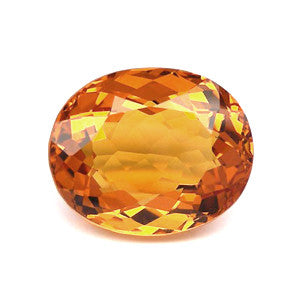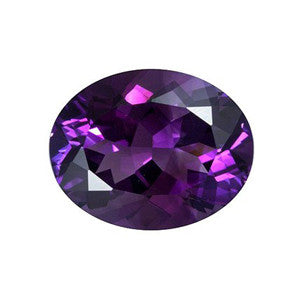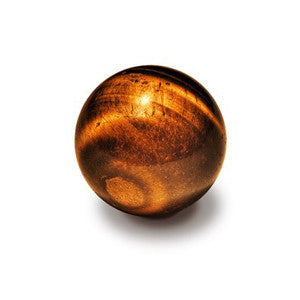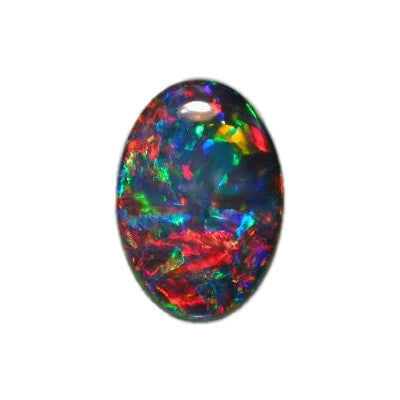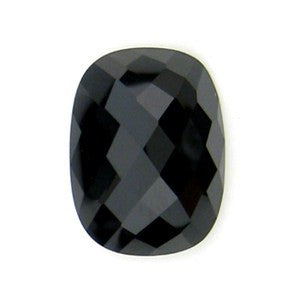Gemstone Research
Citrine
Citrine is a variety of quartz ranging in colors of yellow, yellow-brown, orange, dark orange-brown, reddish-brown. The gemstone Citrine is the official birthstone for the month of November as adopted by the American National Association of Jewelers in 1912. It is also the Planetary stone for the Sun Sign of Virgo and the accepted gem for the 13th and 17th wedding anniversary. Citrine is known as the success stone because it promotes success, prosperity, and abundance. It particularly promotes success in business, earning it another nickname, merchants stone, and is said to bring business if put in the...
Amethyst
Amethyst is a violet variety of quartz often used in jewelry. The name comes from the Ancient Greek words for not intoxicated, a reference to the belief that the stone protected its owner from drunkenness. The ancient Greeks and Romans wore amethyst and made drinking vessels of it in the belief that it would prevent intoxication. Amethyst was used as a gemstone by the ancient Egyptians and was largely employed in antiquity for intaglio engraved gems. The Greeks believed amethyst gems could prevent intoxication, while medieval European soldiers wore amethyst amulets as protection in battle. The reason for...
Tiger Eye
Tiger eye is quartz that contains oriented fibers of crocidolite that have been replaced by silica. Tiger eye is displaying chatoyancy a vertical luminescent band like that of a cat’s eye. Tigers eye typically has lustrous alternating yellow or brown bands. Tiger Eye is the anniversary gemstone for the 9th year of marriage. Roman soldiers wore tigers-eye for protection in battle. Tiger Eye was thought to be all seeing due to its appearance. Tiger eye relieves high blood pressure. Tiger eye wear is very helpful in the presence of following diseases: bronchial asthma,kidney, rheumatic heart disease, and psoriasis. Tiger Eye...
Opal
Opal is a mineraloid gel which is deposited at a relatively low temperature and may occur in the fissures of almost any kind of rock, being most commonly found with limonite, sandstone, rhyolite, marl and basalt. The word opal comes from the Latin opalus, by Greek opallios. The water content is usually between three and ten percent, but can be as high as twenty percent. Opal ranges from clear through white, gray, red, orange, yellow, green, blue, magenta, rose, pink, slate, olive, brown, and black. Of these hues, the reds against black are the most rare, whereas white...
Black Onyx
The name onyx was used by the Romans for a variety of stones including Alabaster, Chalcedony, and what is now known as Onyx marble. Roman soldiers wore Onyx talismans engraved with heroes such as Hercules or Mars, god of war. They believed that the stone would make the wearer as brave and daring as the figured carved on it. During the Renaissance, Onyx was believed to bring eloquence upon the wearer and was regarded with great value by public speakers and orators. Cameos are cut from stones, such as Onyx, Sardonix or agate, where different colors occur in...

